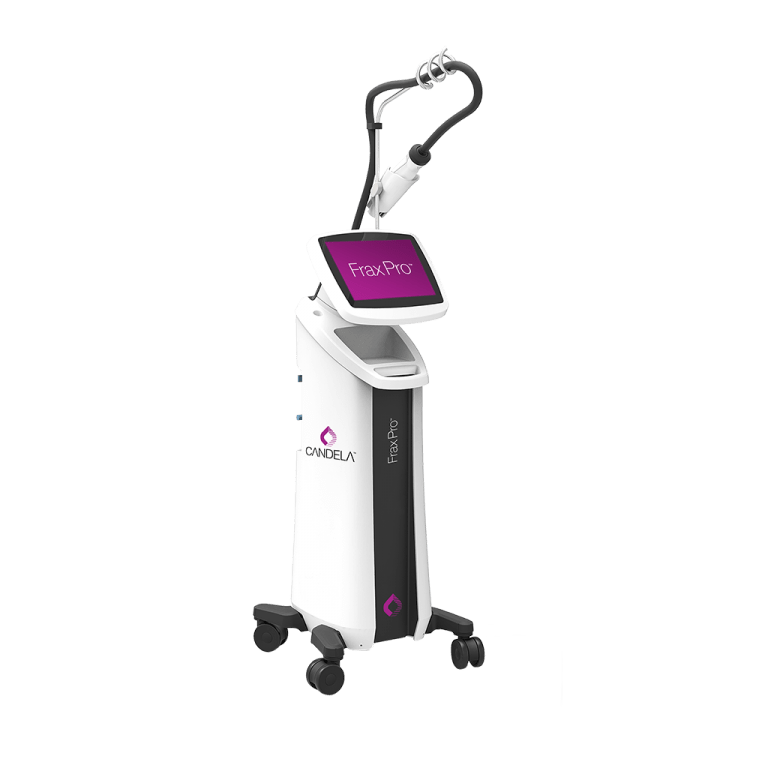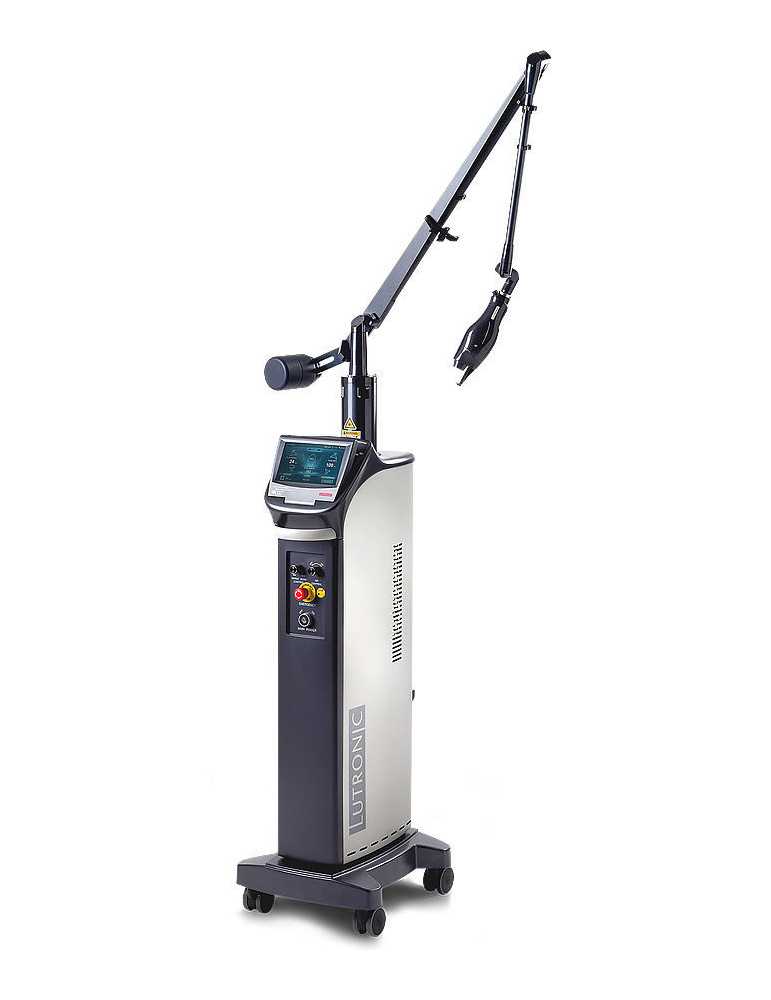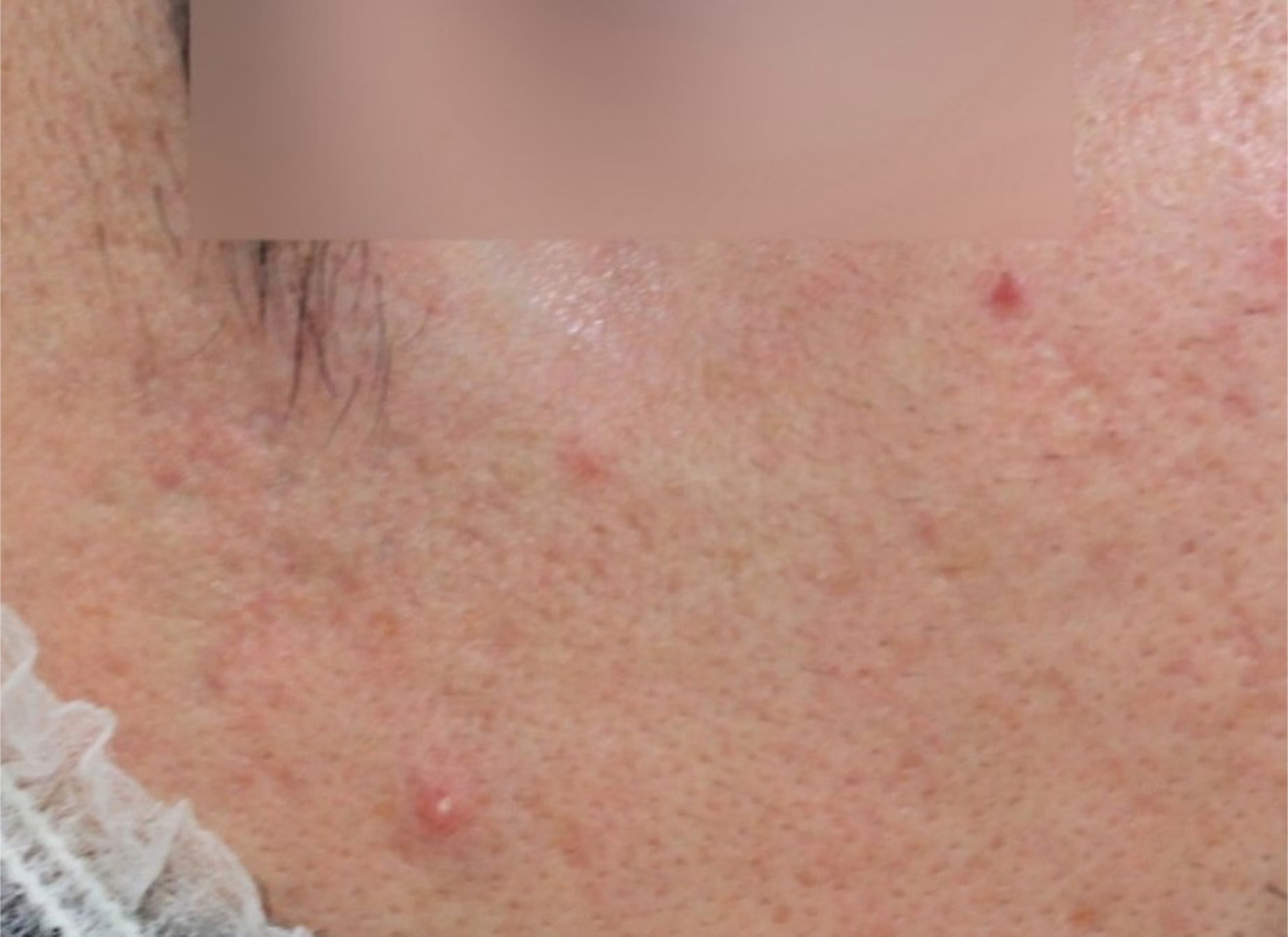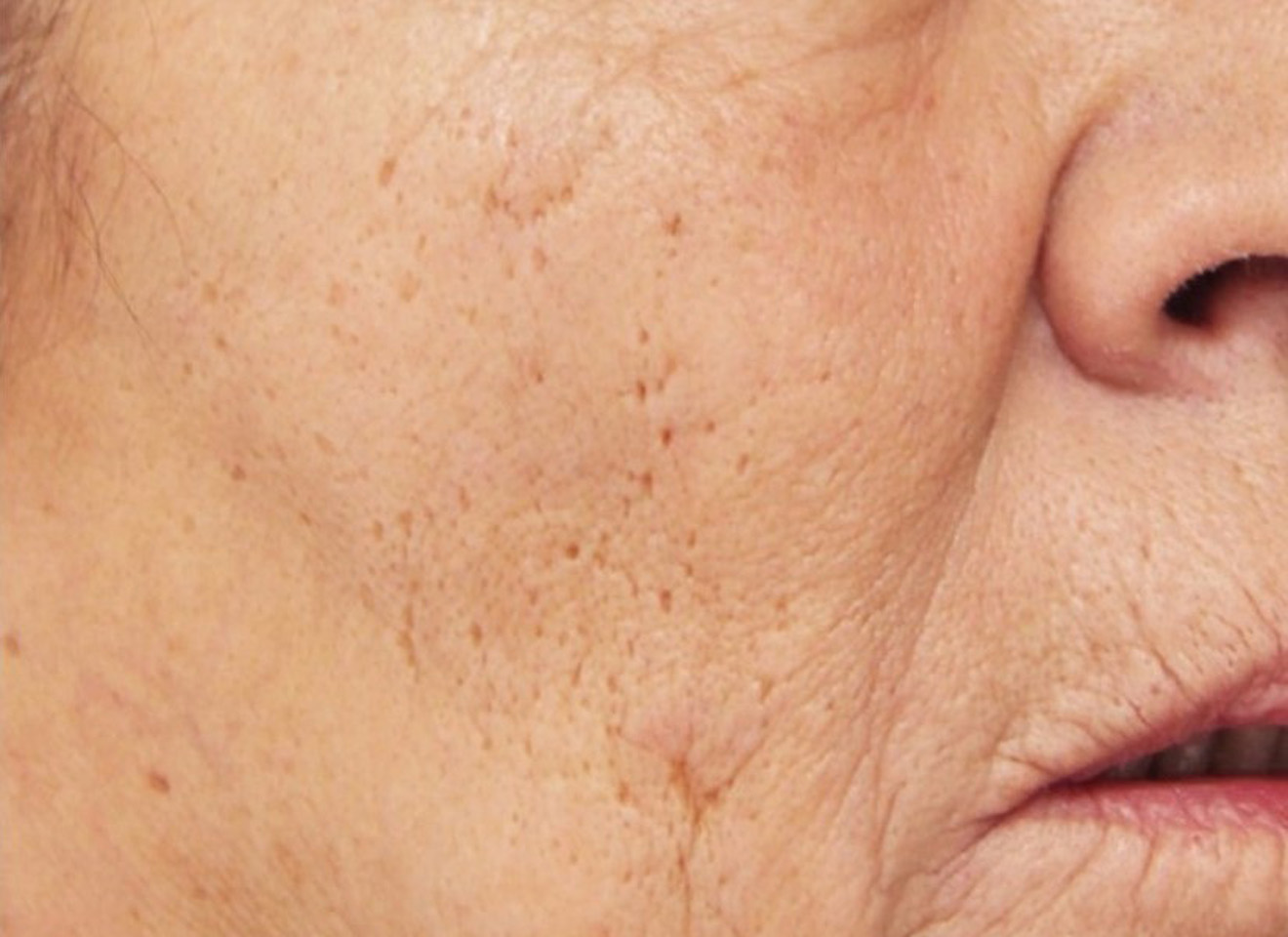Laser center near Mulhouse in Saint-Louis: treatment of acne scars with laser
Welcome to the Mulhouse/Saint-Louis Aesthetic Medicine Center, your trusted destination for state-of-the-art medical solutions aimed at correcting acne scars and improving the texture of your skin. As a specialized medical center, Biolaser is passionately dedicated to improving your aesthetic well-being by offering quality treatments for the treatment of acne scars.
We understand the challenges of acne scars, and that’s why our skilled team is committed to providing you with personalized and effective solutions. Our holistic approach incorporates a range of advanced techniques and laser technologies, specifically designed to treat acne scars, restore the health of your skin, and give you a revitalized appearance with more even skin.
Located in Saint-Louis, in the Haut-Rhin, on the border with Basel, the Mulhouse/Saint-Louis laser center is easily accessible for residents of Mulhouse, Belfort-Montbéliard, Colmar, and Basel in Switzerland. where you can benefit from quality expertise in laser acne scar treatment.
The different types of scars
There are different types of scars. The most common ones associated with acne are:
– Les cicatrices inflammatoires (rose ou rouge) : Une cicatrice rouge est due à une inflammation des vaisseaux sanguins : les vaisseaux sanguins ont été endommagés. Il faut donc le temps à la peau de réparer ces vaisseaux.
– Les cicatrices hypopigmentées (blanche) : ce sont des cicatrices blanches ayant subit une dépigmentation
Complete treatments for acne or chickenpox scars: hyaluronic acid, peeling, microneedling, FRAX 1550 laser, fractional CO2 laser, etc.
Once acne has healed, it is essential to address the issue of treating the scar left by this skin condition. While acne scars usually can’t be removed completely, they can be significantly reduced, making their appearance much less noticeable.
At the Saint-Louis Aesthetic and Laser Medicine Center located 20 km from Mulhouse, we are determined to use the most advanced state-of-the-art technologies and procedural techniques, often in combination, to safely and dramatically reduce the appearance of all acne scars. Our experienced team is committed to providing you with effective, personalized solutions to help you regain smoother skin and restored confidence in your appearance.”
The FRAX 1550 fractional laser at the Mulhouse/Saint-Louis aesthetic medicine center is a commonly used treatment option to improve the appearance of an acne scar. This type of laser uses microbeams of fractional light to target specific areas of the skin, promoting skin tissue regeneration and fading acne scars. Here’s how the FRAX 1550 fractional laser works to treat acne scars:
- Collagen stimulation : The FRAX 1550 laser emits microbeams of light that penetrate the deeper layers of the skin. This stimulates the production of collagen, a protein that is essential for skin firmness and elasticity.
- Reduction of uneven texture : Fractional laser helps smooth skin texture by minimizing irregularities caused by acne scars. Damaged areas of the skin are treated while preserving the surrounding areas intact.
- Reduction in the appearance of scars : By promoting the regeneration of skin tissue, the FRAX 1550 laser can help reduce the appearance of one or more acne scars, making them less visible and more even.
- Multiple sessions : To achieve optimal results, multiple sessions of FRAX 1550 laser treatment may be required, usually spaced a few weeks to a month apart.
- Post-treatment care : After each laser treatment session, it is important to follow the post-treatment care recommended by your healthcare provider, including the use of soothing creams and sun protection.
- FRAX 1550 laser: non-ablative and comfortable: the FRAX 1550 laser is a latest-generation non-ablative fractional laser. Unlike ablative lasers, which create “holes in the skin” by destroying the epidermis, the FRAX 1550 laser does not cause rupture of the epidermis, but only micro-coagulation columns below the surface of the skin. This procedure is less invasive, making it more comfortable and less painful for the patient. In addition, healing and recovery are faster, with little risk of side effects.
- Professional consultation : The choice of laser type, penetration depth, and number of sessions will depend on the severity of the acne scars and the patient’s skin type. A consultation with a qualified medical professional is essential to determine the best approach for your specific case.
The FRAX 1550 fractional laser is considered an effective option for the treatment of acne scars, especially atrophic scars and skin texture imperfections. It can help improve the appearance of scars and achieve smoother, more even skin. However, it is important to discuss your needs and expectations with a qualified healthcare professional to determine if this treatment is right for your particular case.
Fractional CO2 laser resurfacing is an advanced dermatological procedure used to treat skin imperfections such as acne scars, wrinkles, and texture irregularities. This treatment works by using a carbon dioxide laser to create tiny areas of controlled thermal damage in the skin. This stimulates the natural healing process and promotes collagen production, which improves the texture and appearance of the skin.
The advantages of the fractional CO2 laser include:
1. Effectiveness: It is very effective in reducing the depth and visibility of acne scars, with results often visible after just a few sessions.
2. Collagen Stimulation: By creating controlled micro-lesions, the laser stimulates collagen production, improving skin texture and firmness in the long term.
3. Precision: Fractional technology allows for precise targeting of areas to be treated, sparing the surrounding skin and promoting faster healing.
4. Long-lasting results: Improvements are long-lasting, especially with proper skin care.
5. Reduction of other blemishes: The treatment can also improve the appearance of fine wrinkles, age spots, and other skin irregularities.
6. Reduced Recovery Time : Compared to traditional CO2 lasers, fractional laser generally offers a shorter recovery time.
However, like any medical procedure, fractional CO2 laser treatment carries potential risks and side effects, such as redness, temporary swelling, and increased sensitivity of the skin. It is crucial to consult with a qualified doctor to determine if this treatment is right for your specific skin type and needs, and to understand what post-treatment care is needed.
Mesotherapy is an innovative technique that involves injecting small amounts of active substances directly into the dermis. This treatment is particularly effective in targeting acne scars, as it stimulates cell regeneration and collagen production. By improving the texture and elasticity of the skin, mesotherapy helps to reduce the appearance of scars, while providing optimal hydration and nutrition.
CELLBOOSTER® LIFT is an advanced device that incorporates stabilized hyaluronic acid to treat acne scars. In addition to hyaluronic acid, its formula enriched with amino acids and vitamins promotes skin repair and redensification. This powerful cocktail helps to fill skin depressions in particular atrophic scars (hollow scars) that are due to a loss of volume under the skin, prevent oxidative stress and improve microcirculation, thus providing visibly smoother and more even skin.
By combining the benefits of mesotherapy with the advanced technology of CELLBOOSTER® LIFT, it is possible to effectively target atrophic scars caused by acne. This integrated approach not only reduces scarring, but also restores youthful, smooth, and glowing skin, providing a complete solution for those looking to improve their appearance and confidence.
The injection of hyaluronic acid, vitamins, minerals and trace elements with the Cellbooster Lift at the Saint-Louis aesthetic medicine center near Mulhouse and Belfort can be used as an effective treatment in combination with the fractional laser FRAX 1550 nm or CO2 10600 nm to improve the appearance of acne scars.
Chemical peeling at the Mulhouse/Saint-Louis aesthetic medicine center is a commonly used procedure in the treatment of acne scars. When it comes to atrophic or hypertrophic acne scars, a medical professional may recommend a chemical peel based on trichloroacetic acid (TCA) or other similar substances. Here’s how it works:
- Types of acids : Different types of acids, such as trichloroacetic acid (TCA), are used in chemical peels. The acid concentration and reaction time are determined by the healthcare professional based on the patient’s needs and the severity of the scarring.
- Peeling process : Chemical peeling actually causes controlled irritation of the outer layers of the skin. This can lead to peeling of the skin and the regeneration of new epidermal and dermal layers. This regeneration can help reduce the appearance of acne scars and improve skin texture.
- Multiple sessions : The results of the chemical peel can be gradual and improve over the sessions. The sessions can be repeated several times, usually a few weeks apart, to achieve optimal results.
- Post-peel care : After a chemical peel session, appropriate care, such as applying soothing creams and using sun protection, is usually recommended to help minimize side effects and promote healing.
- Individual results : Results may vary from person to person depending on the severity of acne scars, the peeling method used, and the individual skin response.
It is essential to discuss your acne scar treatment options with a qualified medical professional, as the treatment method may vary depending on the severity of the scars and your skin type. The results of chemical peeling for acne scars can gradually improve with each session, providing smoother skin and less visible scars.
Microneedling at the Mulhouse/Saint-Louis aesthetic medicine center is a skin care procedure that can be effective for the treatment of one or more acne scars. Here’s how microneedling works and how it can help improve the appearance of acne scars:
- Microneedling : This procedure involves using a device with fine needles to create small perforations in the skin. These micro-perforations stimulate the skin’s natural healing process.
- Collagen Boosting : One of the main ways microneedling helps treat acne scars is by stimulating collagen production. Collagen is a protein that helps maintain the firmness and elasticity of the skin. By stimulating collagen production, microneedling can help improve skin texture.
- Scar Reduction : The healing process induced by microneedling can help reduce the appearance of acne scars. New skin cells that form during healing can replace areas damaged by scars.
- Improved texture : In addition to reducing the appearance of scars, microneedling can also improve the overall texture of the skin, making it smoother and more even.
- Multiple sessions : To achieve optimal results, several microneedling sessions may be necessary, spaced from a few weeks to a month apart.
- Post-microneedling care : After the procedure, it is important to follow your healthcare provider’s recommendations for post-microneedling care, including the use of soothing products and sun protection.
Microneedling can be an effective option for the treatment of acne scars, especially atrophic scars. However, it is essential to consult with a qualified medical professional to evaluate your scars and determine if microneedling is appropriate for your particular case. They will be able to customize the treatment according to your specific needs.
Other devices based on radio frequency, ultrasound or plasma energy have the same effect as lasers. These different energies cause a thermal reaction on contact with the skin that abrades the first layer of the dermis and gradually eliminates the scars as the skin regenerates.

What results can be expected from the treatment of an acne scar with fractional laser frax 1550 at the Mulhouse/Saint-Louis aesthetic medicine center?
The treatment of the acne scar(s) with the FRAX 1550 fractional laser at the Mulhouse/Saint-Louis aesthetic medicine center can produce remarkable results. Patients can expect:
- Acne Scar Reduction : The FRAX 1550 laser specifically targets areas affected by acne scars, which can lead to a significant decrease in their appearance.
- Improved skin texture: This treatment promotes collagen regeneration, which can make the skin smoother and more even.
- Increased skin tone : The FRAX 1550 laser stimulates collagen production, which can improve skin firmness and tone .
- Reduced redness : If acne scars are associated with redness, laser treatment can help alleviate these symptoms.
- Progressive Results : The results of FRAX 1550 fractional laser treatment may gradually improve over time, with skin continuing to improve after the procedure.
It is important to note that individual results may vary depending on the severity of the acne scars and the response of each patient to treatment. A consultation with an aesthetic medicine professional at the Centre de Médecine Esthétique Mulhouse/Saint-Louis will assess your specific needs and determine the expected results for your particular case.
Acne Scar Treatment with Ablative Fractional CO2 Laser at the St. Louis Laser and Aesthetic Center
Lutronic’s eCO2 laser is often used to treat acne scars. This is because this type of fractional laser is effective in stimulating skin regeneration and improving skin texture, which can help reduce the appearance of acne scars.
When the eCO2 laser is used to treat acne scars, it penetrates deep into the skin to stimulate the production of collagen and elastin, promoting the repair of damaged tissue and improving the appearance of scars. By specifically targeting the affected areas, fractional laser helps treat scars while preserving surrounding tissue, reducing the risk of side effects and recovery time.
It is important to note that several sessions may be necessary to achieve optimal results, depending on the severity of the acne scars. It is recommended that you consult with a dermatologist or qualified medical professional to evaluate your acne scars and determine if the ablative CO2 laser is the appropriate treatment for you.
What types of fractional laser for the treatment of acne scars at the Biolaser center in Saint-Louis: FRAX 1550 nm or eCO2 10600 nm
Both the Frax 1550 laser and the eCO2 laser are fractional lasers used in dermatology to treat a variety of skin problems such as wrinkles, scars, stretch marks, pigment spots, and precancerous lesions. However, there are some differences between these two technologies.
The Frax 1550 laser uses a wavelength of 1550 nm to penetrate deep into the skin and stimulate collagen and elastin production. It is often used to treat acne scars, wrinkles, and stretch marks, as well as to improve skin texture. The Frax 1550 laser is generally less invasive than the eCO2 laser and may be better suited for more sensitive skin.
The CO2 laser, on the other hand, uses a wavelength of 10600 nm to offer more powerful and deeper treatments. It is often used for more complex and severe skin problems, such as deep scars, precancerous lesions, or significant pigment spots. The ablative CO2 laser can offer faster and more dramatic results, but it may require a longer recovery time and pose a higher risk of side effects.
In summary, the non-ablative Frax 1550 laser is often preferred for gentler treatments and for sensitive skin, while the ablative CO2 laser is more suitable for more complex and severe skin problems. It is important to consult with a dermatologist or qualified medical professional to determine which laser is best for your specific needs.


OUR NEWS about the treatment of acne scars at the Mulhouse/Saint-Louis aesthetic center
How do FRAX 1550 laser treatments work for skin revitalization?
FRAX 1550 laser and acne scar treatment at the Mulhouse/Saint-Louis laser center
How many sessions and at what interval?
• For the FRAX 1550 fractional laser, it takes an average of 4 sessions spaced 4 to 6 weeks apart.
• It is necessary to wait at least 3 months after the last session to assess the improvement of the scars.
• The number of sessions of FRAX 1550 fractional laser depends on the lesions to be treated and your age.
Is the FRAX 1550 Fractional Laser treatment painful?
• The FRAX 1550 fractional laser treatment is not particularly painful but the pain depends on the sensitivity of the individual. The heat can cause discomfort during the session.
• SoftCool skin cooling system helps reduce discomfort during treatment.
• The doctor at the BIOLASER center can prescribe an anesthetic cream to be applied 1 hour before the procedure if you wish.
What are the consequences after a FRAX 1550 Fractional Laser treatment for an acne scar?
You may present in the aftermath of a session with FRAX 1550 Fractional Laser: redness, a feeling of warmth as after a sunburn, moderate edema . These reactions disappear spontaneously on average 24 hours after the fractional laser session and you can apply make-up the next day.
Contraindications and precautions for use to the treatment of acne by Fractional Laser at the Mulhouse/Saint-Louis aesthetic medicine center ?
Treatment with FRAX 1550 fractional laser is contraindicated in the following cases:
• The procedure cannot be performed on skin previously exposed to the sun or in the case of a recent tan.
• Presence of infectious skin lesions (active herpes) or cancerous on the area to be treated
• The procedure is not performed during pregnancy and breastfeeding.
• Pacemaker or metal implant on the area to be treated
• Treatment of areas with tattoos or permanent make-up is strongly discouraged.
• The procedure is not suitable for diabetics and for photosensitive diseases (e.g., epilepsy).
Precautions to take:
• Do not use self-tanning lotions for at least two weeks before and after treatment.
• You should avoid the sauna and swimming pool for a week after the procedure.
• The procedure for patients under 18 years of age is not performed without parental consent.








